Paleontologists have found more than 260 dinosaur footprints from the Early Cretaceous Period in Brazil and Cameroon, more than 3,700 miles (6,000 km) apart, on opposite sides of the Atlantic Ocean.
Louis L. Jacobs, a paleontologist at Southern Methodist University in Texas and lead author of a study of the footprints released by the New Mexico Museum of Natural History and Science on Monday, said the footprints were similar in age, shape and geological context.
Most of the fossilized footprints were from three-toed theropod dinosaurs, but a few likely belonged to four-legged sauropods with long necks and tails or ornithischians, which had a pelvic structure similar to birds, said study co-author Diana P. Vineyard, a research associate at SMU.
The tracks tell us about the movements of giant land masses, creating ideal conditions for dinosaurs to thrive before the supercontinent split into the seven continents we know today.
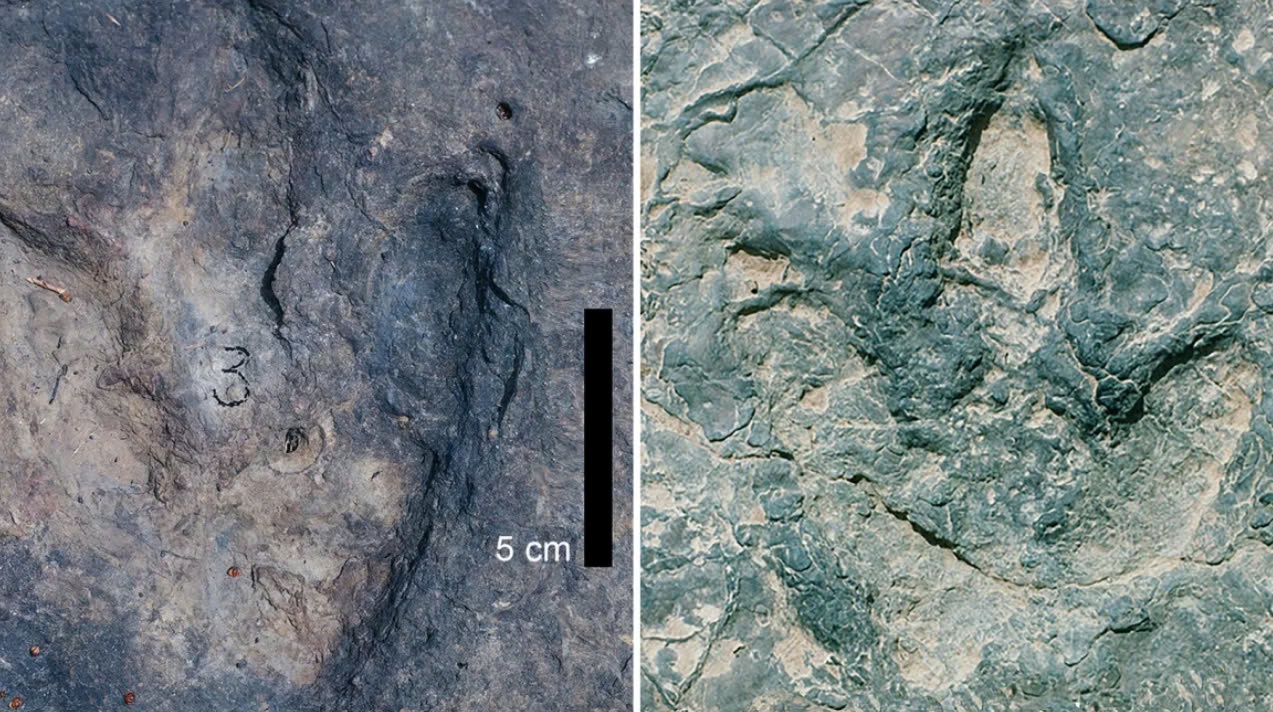
Two representative theropod footprints from the Koum Basin in northern Cameroon. Photo: SMU
Basin good for life
The footprints were preserved in mud and silt, along ancient rivers and lakes that once existed on the supercontinent Gondwana, which separated from the larger land mass of All Continents, Jacobs said.
“One of the earliest and narrowest connections between Africa and South America was the ‘elbow’ of northeastern Brazil, which sits close to the coast of Cameroon along the Gulf of Guinea,” Jacobs said. “The two continents were along that narrow strip, so animals could move across it.”
Africa and South America began to separate about 140 million years ago. This created cracks in the Earth's crust, and as the tectonic plates beneath South America and Africa moved apart, magma in the Earth's mantle created new oceanic crust. Over time, the South Atlantic Ocean filled the space between the two continents.
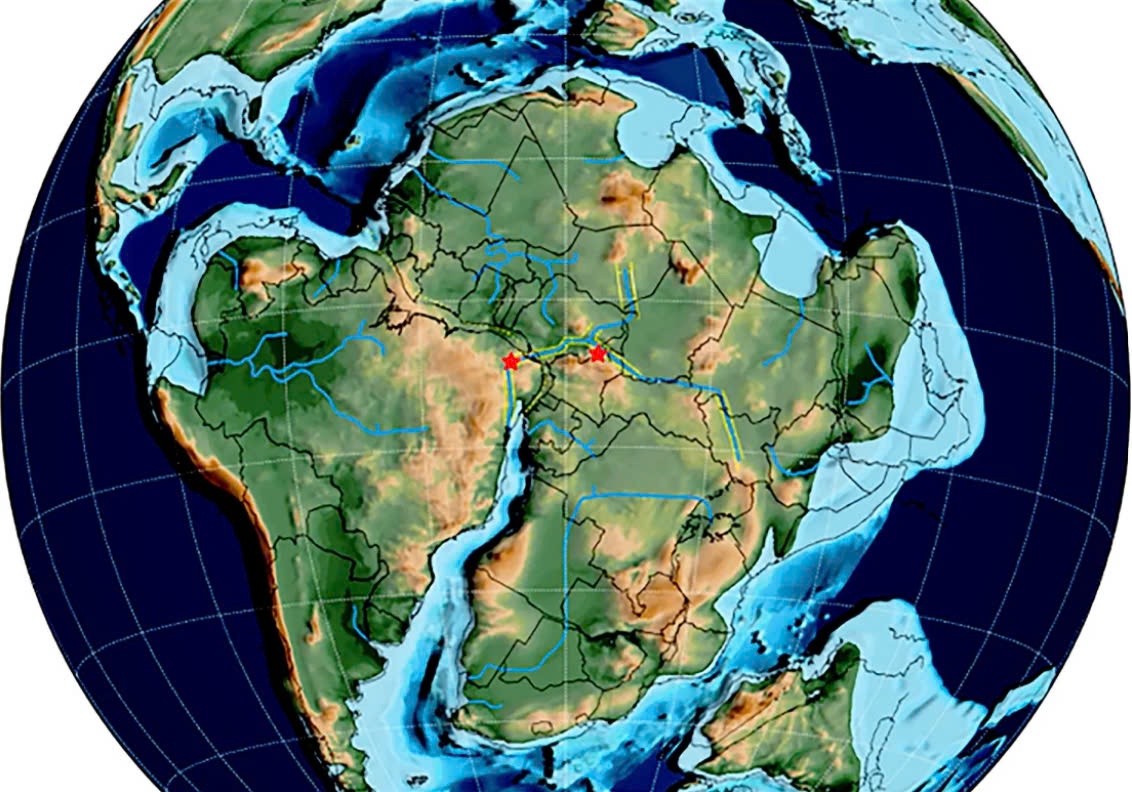
The red stars in this image mark the routes that dinosaurs took when the continents of South America and Africa had not yet separated. Photo: SMU
Jacobs said that different types of basins formed when the Earth's surface split apart, rivers poured into the basins, forming lakes.
Researchers found evidence of a hemipelagic basin in the Borborema region of northeastern Brazil and a similar basin in Koum, northern Cameroon.
In both basins, researchers have found dinosaur tracks, ancient river and lake sediments, and fossilized pollen.
“Mud deposits left by rivers and lakes contain dinosaur footprints, including those of carnivores, demonstrating that these river valleys may have provided specific pathways for movement across continents 120 million years ago,” Jacobs explains.
Stories from footprints
While dinosaur fossils can provide unique insights into the animals that lived on this planet millions of years ago, their footprints give us a different perspective on the past.
"Dinosaur footprints are not uncommon, but unlike the usual bone fragments, footprints are evidence of dinosaur behavior, how they walked, ran or otherwise, who they were with, what environment they traveled through, what direction they went in and where they were when they were doing something," Jacobs said.
At that time, rainfall created a tropical rainforest environment with rich vegetation. Animals came to the basins from both present-day Africa and South America, causing their populations to mix.
The dinosaur footprints in Cameroon were first discovered in the late 1980s, and Jacobs reported on them at the First International Symposium on Dinosaur Tracks and Traces, organized by paleontologist Martin Lockley in 1986.
Ha Trang (according to CNN)
Source: https://www.congluan.vn/phat-hien-nhung-dau-chan-khung-long-giong-nhau-o-hai-ben-bo-dai-tay-duong-post309470.html


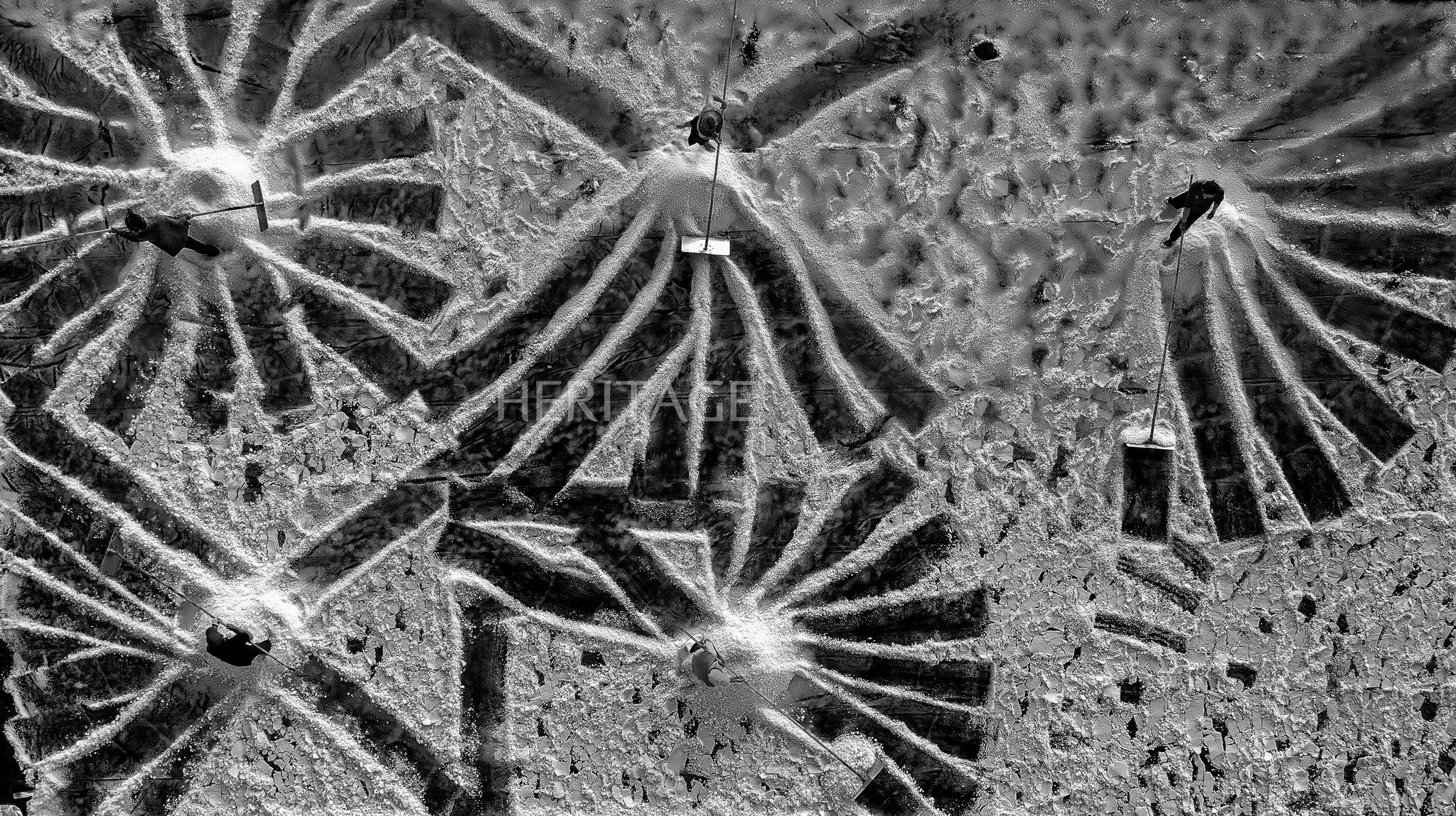

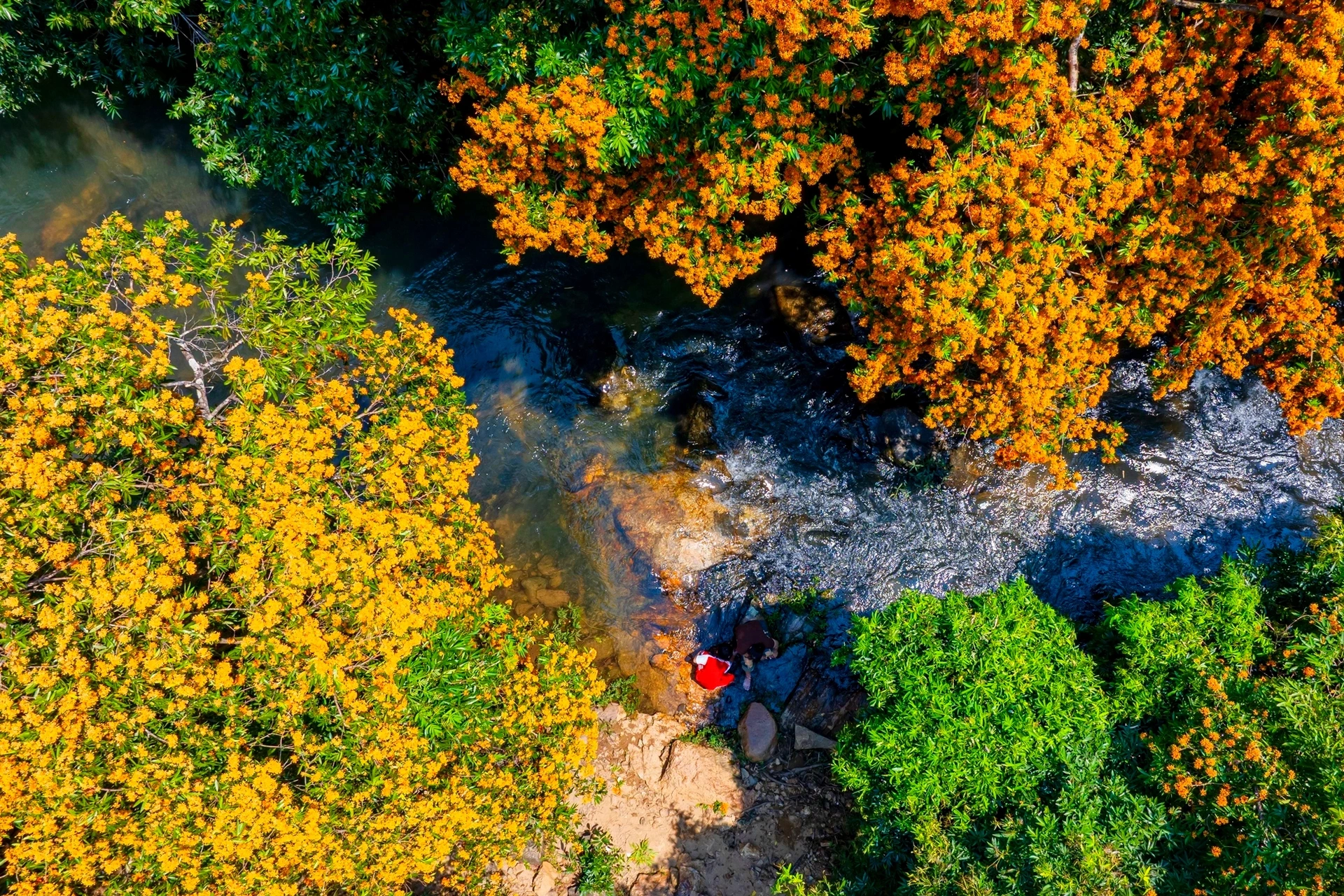
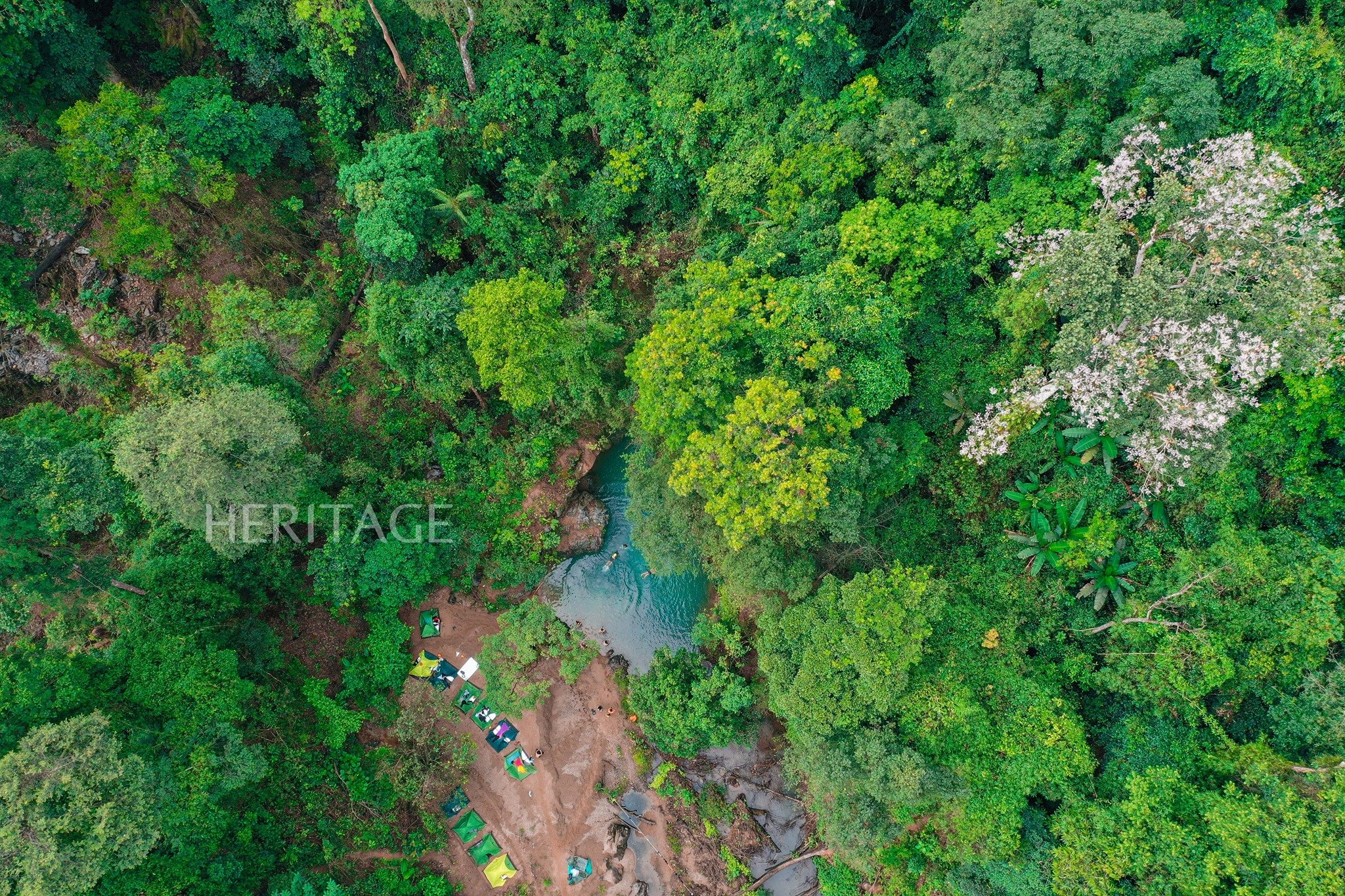


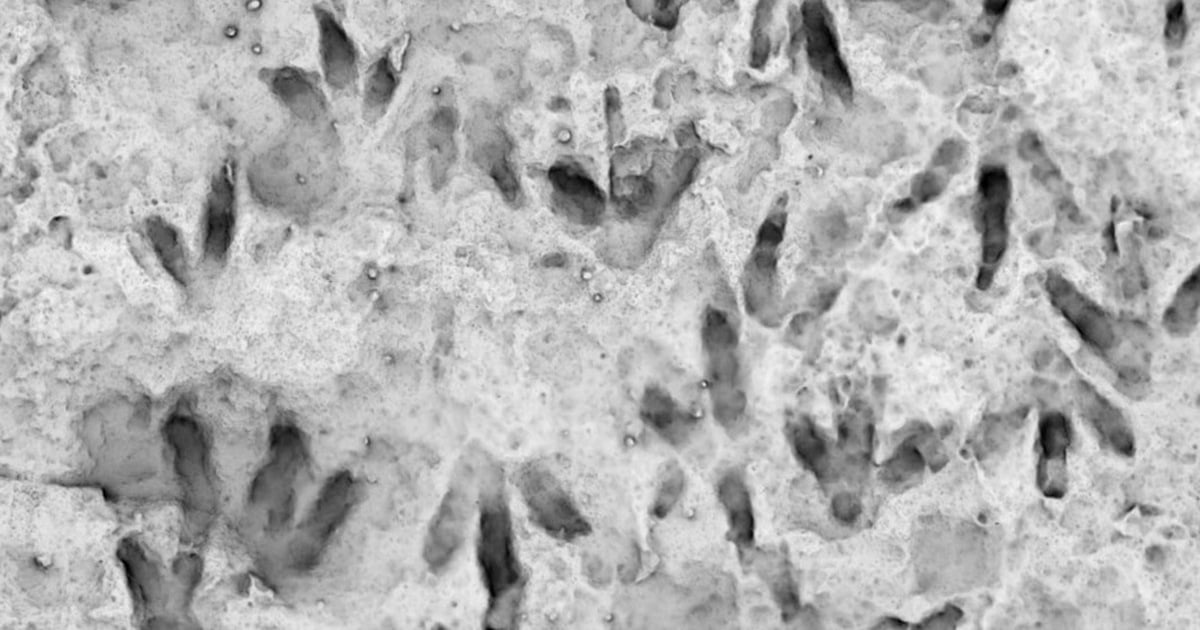




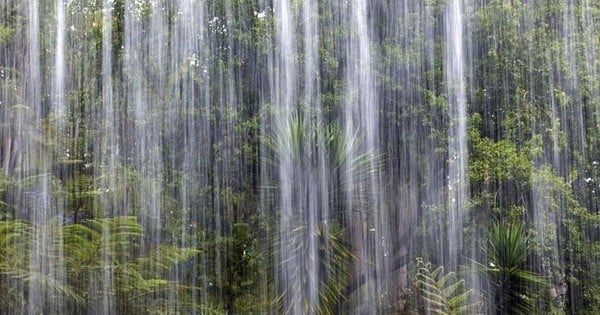

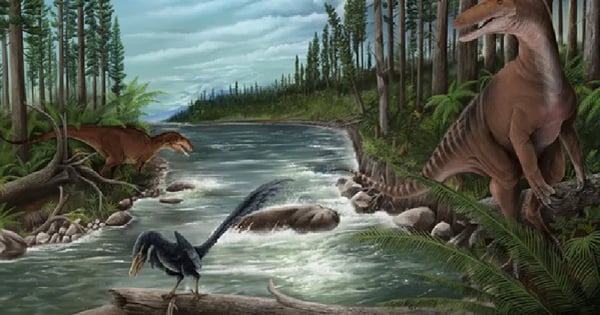













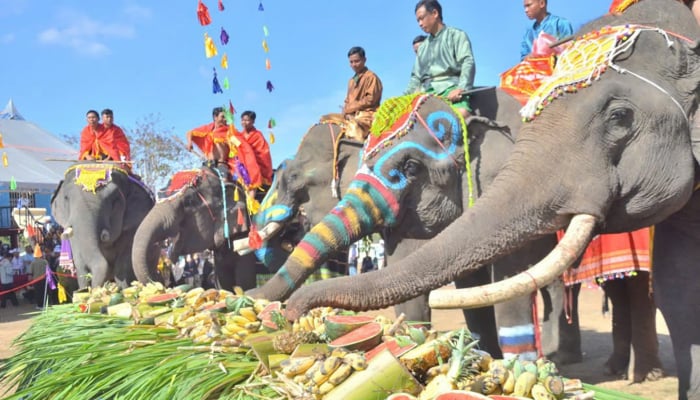





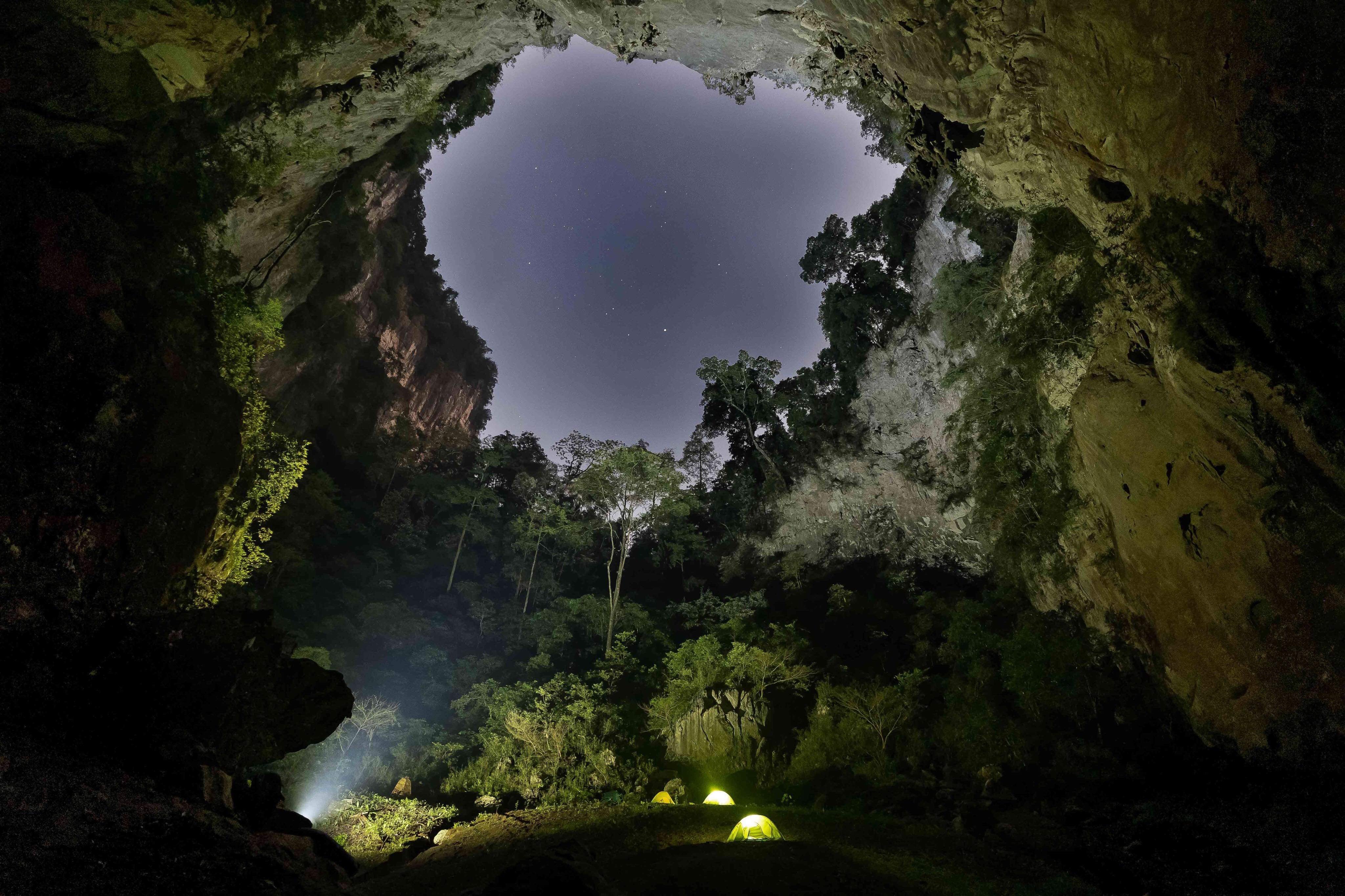







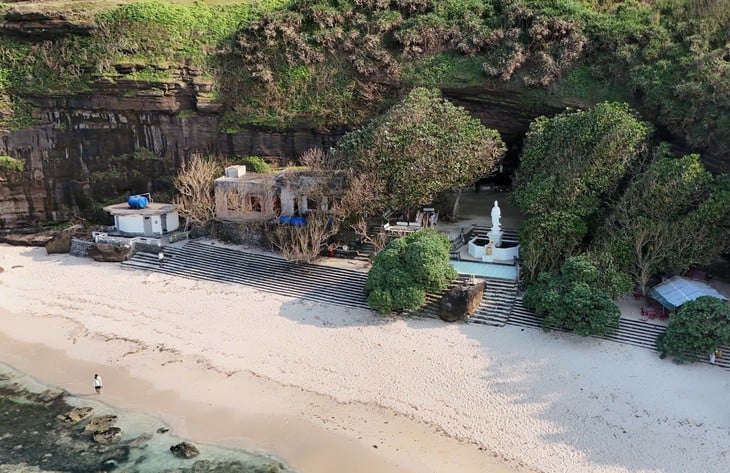

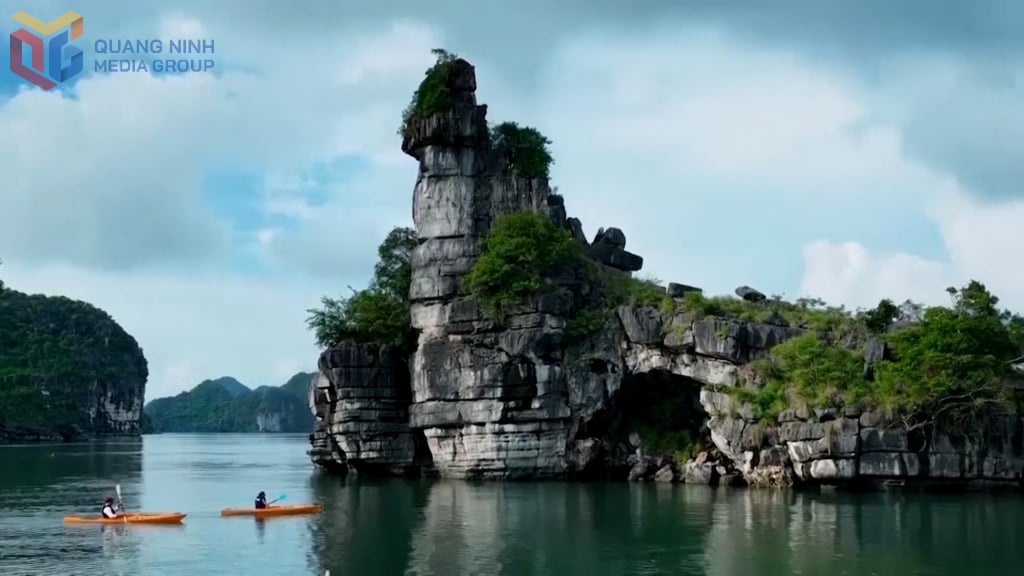




















































Comment (0)